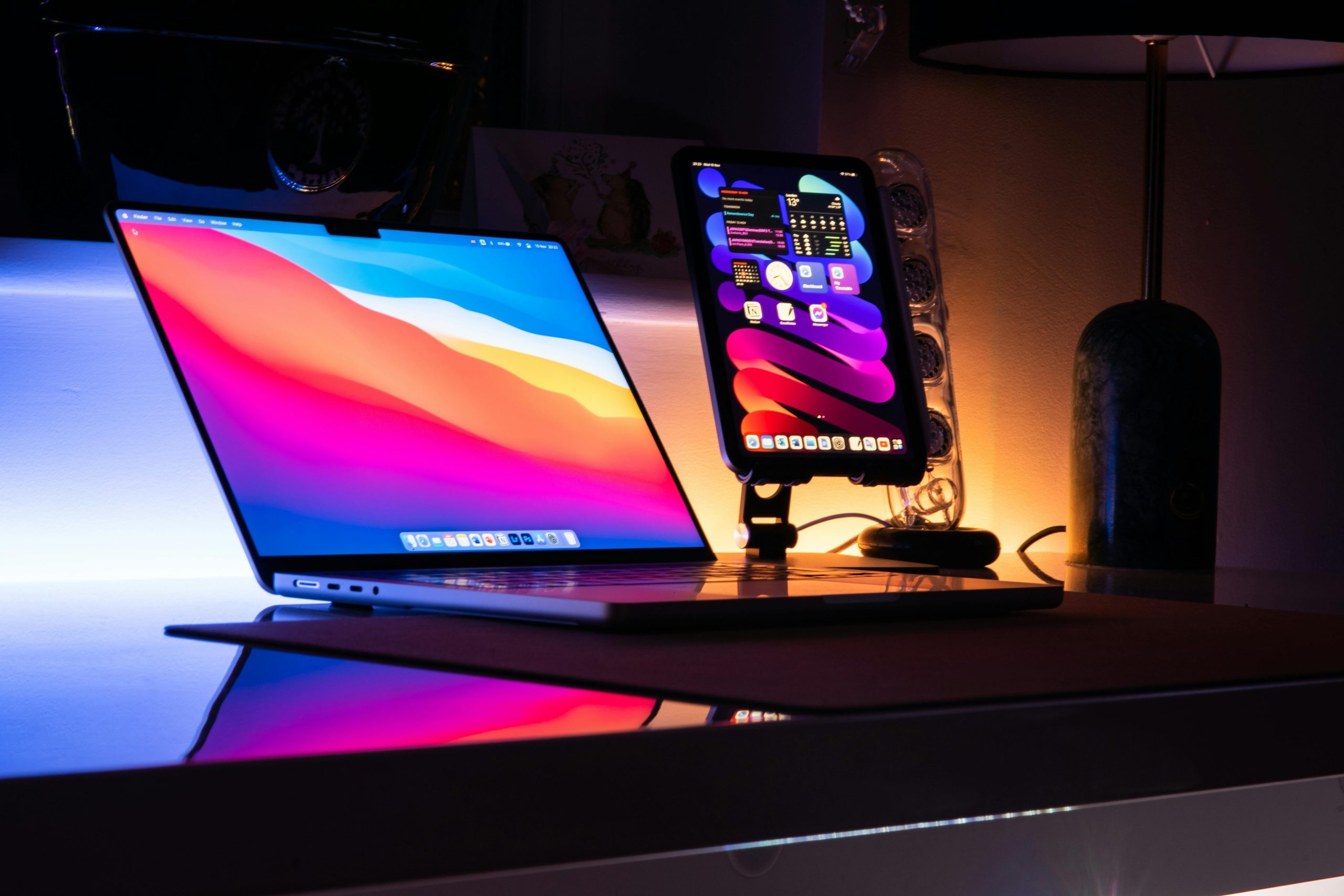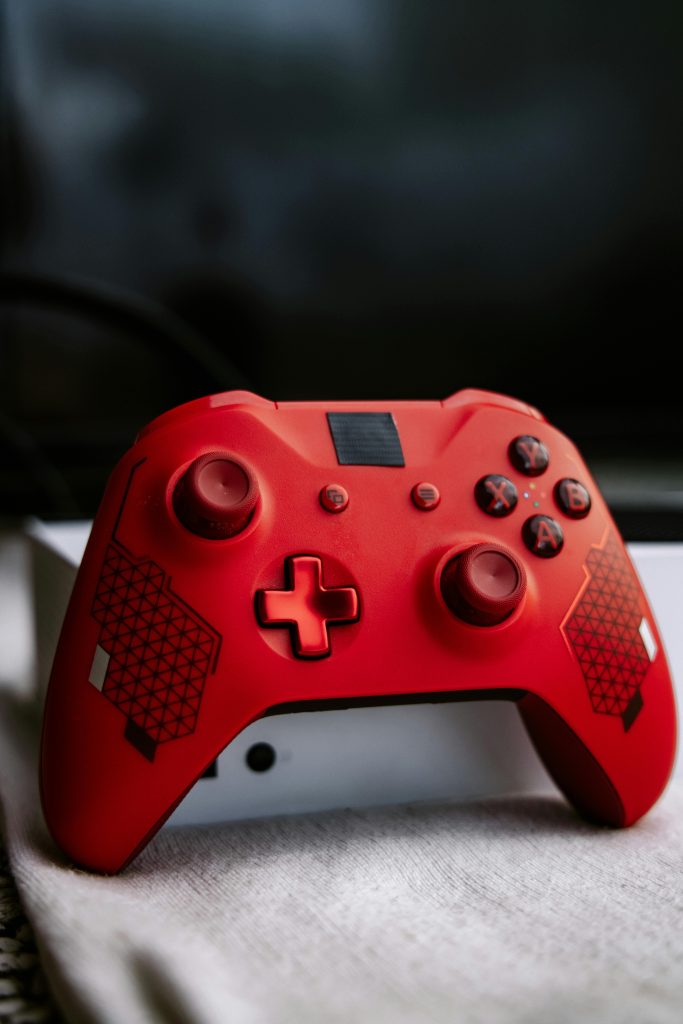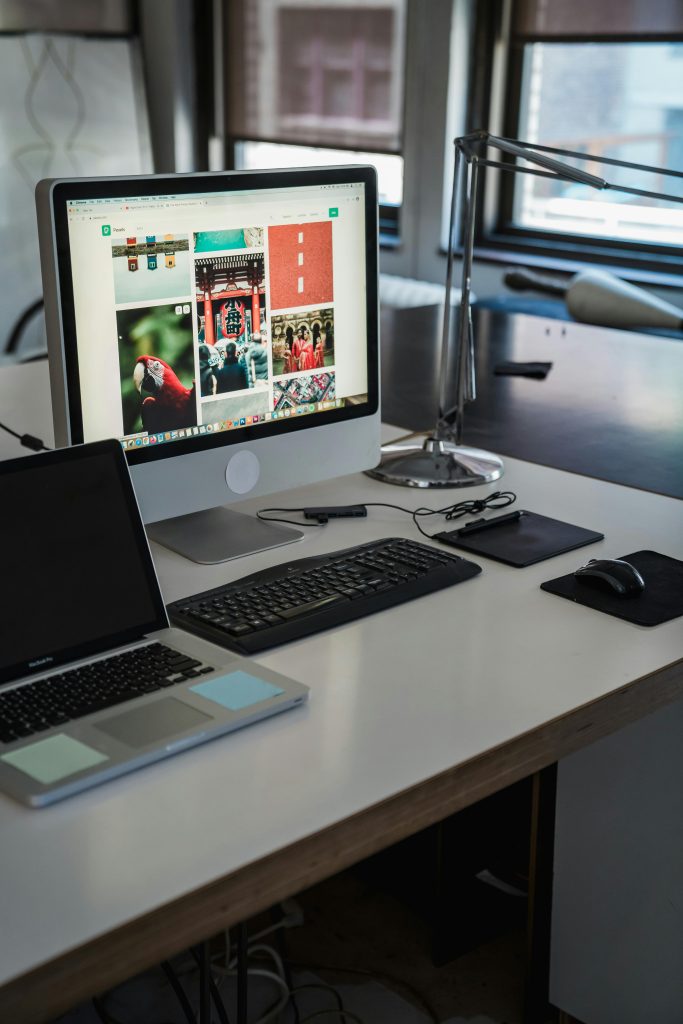Reevaluating User Interface Design: Why Mouse-Over Popups May Do More Harm Than Good
In the realm of digital user experience, design choices profoundly influence how comfortably and efficiently users interact with software and websites. One persistent feature that often disrupts this experience is the implementation of mouse-over popups—those small windows or previews that appear when you hover your cursor over an element.
Despite their potential to provide quick access to additional information, mouse-over popups frequently lead to frustration. Users often find themselves searching for a “safe spot” to leave the mouse pointer to prevent these popups from obstructing vital content. This issue is evident across various platforms, including popular search engines like Google Images, where hovering over a thumbnail to view an enlarged preview can unexpectedly trigger pop-up windows that obscure the image or other important details.
Moreover, many applications, such as Microsoft Office, are notorious for their intrusive popup notifications that appear over your active workspace, disrupting concentration and workflow. These uninvited interruptions can significantly hinder productivity, especially when they obstruct essential information or tools necessary for editing and creation.
From a user-centric perspective, any mouse-over interaction should be subtle and non-intrusive. Instead of popups or animated previews that suddenly appear and block content, design choices should favor minimal visual cues—such as gentle highlighting or color changes—that do not interfere with the primary interface. When additional information is truly necessary, it should be presented in a manner that is unobtrusive and easy to dismiss.
In conclusion, while mouse-over features can sometimes enhance usability when implemented thoughtfully, their current prevalent use in many UI designs often results in unnecessary clutter, distraction, and frustration. A reevaluation of this design element is advisable—prioritizing subtle, user-friendly interactions that respect the user’s focus and screen real estate. Moving away from intrusive popups towards cleaner, more considerate UI solutions can significantly improve overall user experience.
Share this content:



